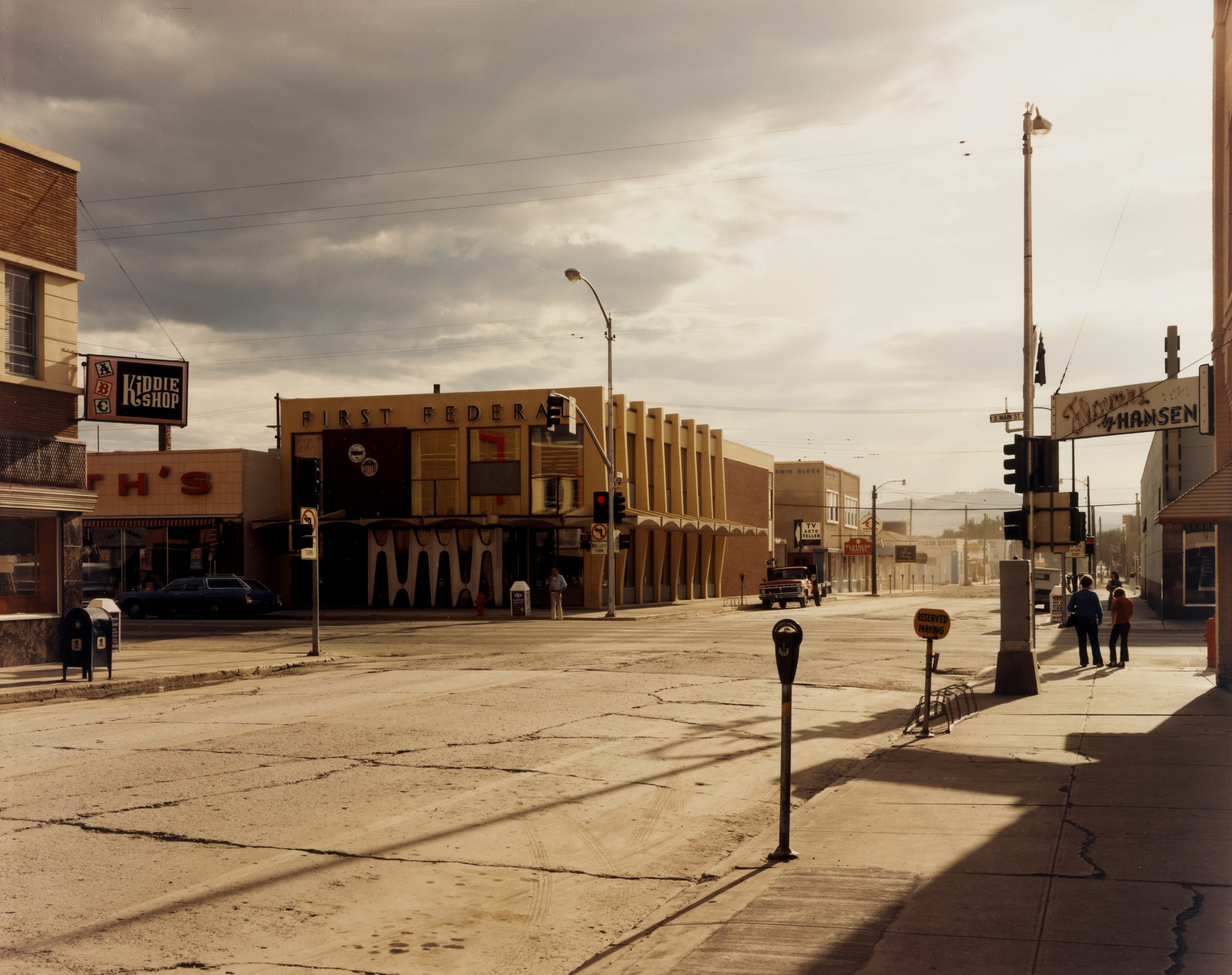Stephen Shore:
Stephen Shore’s work has been widely published and exhibited for the past forty-five years. He was the first living photographer to have a one-man show at the Metropolitan Museum of Art in New York since Alfred Stieglitz, forty years earlier. He has also had one-man shows at George Eastman House, Rochester; Kunsthalle, Dusseldorf; Hammer Museum, Los Angeles; Jeu de Paume, Paris; and Art Institute of Chicago. In 2017, the Museum of Modern Art opened a major retrospective spanning Stephen Shore’s entire career. He has received fellowships from the Guggenheim Foundation and the National Endowment for the Arts. His series of exhibitions at Light Gallery in New York in the early 1970s sparked new interest in color photography and in the use of the view camera for documentary work.


https://www.theartstory.org/artist/shore-stephen/
More than 25 books have been published of Stephen Shore’s photographs including Uncommon Places: The Complete Works; American Surfaces; Stephen Shore, a retrospective monograph in Phaidon’s Contemporary Artists series; Stephen Shore: Survey and most recently, Factory: Andy Warhol and Stephen Shore: Selected Works, 1973-1981. In 2017, the Museum of Modern Art published Stephen Shore in conjunction with their retrospective of his photographic career. Stephen also wrote The Nature of Photographs, published by Phaidon Press, which addresses how a photograph functions visually. His work is represented by 303 Gallery, New York; and Sprüth Magers, London and Berlin. Since 1982 he has been the director of the Photography Program at Bard College, Annandale-on-Hudson, NY, where he is the Susan Weber Professor in the Arts.

“I’d thought about this in a certain way before – about this idea of how to make a picture look natural. In a way I deconstructed all of that over a period of years and made pictures that were almost the opposite, very intensely structured.”
Key Ideas:
Shore’s photographs often appear as unstudied snapshots before revealing themselves, on closer examination, to be carefully calculated and balanced. His images show a deep consideration of framing, with lines and colors chosen to emphasize the formal qualities of the places or objects within the frame, heightening the viewer’s focus.

Shore’s images are structured around the experience of seeing, seeking to communicate the way in which the everyday might register to an outsider. He has regularly used his work as a form of visual diary, communicating his own experiences through his photographs. Shore’s photographic choices suggest emotional states to the audience, often drawing power through the ways in which light and composition evoke feelings that the viewer cannot name.
